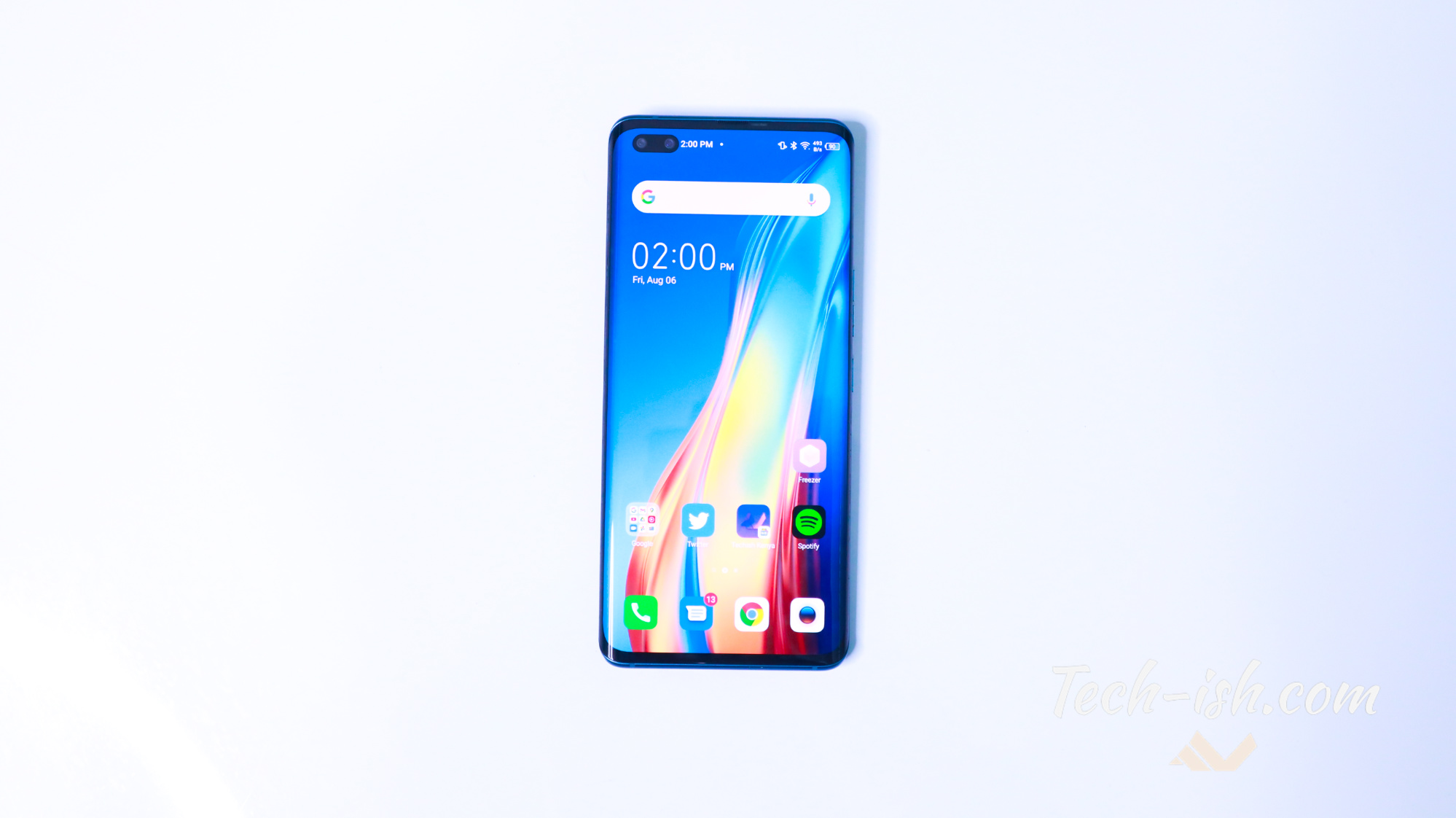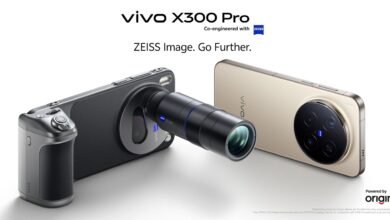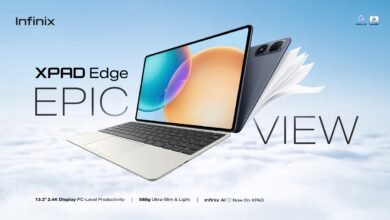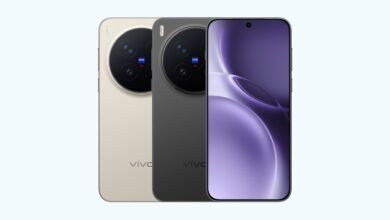
With the launch of the new iPhone 13 Series, Apple has finally brought high refresh rate panels to their phones. This is something they’ve previously only offered with their very high-end tablets.
So only the iPad Pros have had 120Hz refresh-rates. Similarly now, only the iPhone 13 Pros have the feature. The rest of the iPhones, like the rest of the iPads stick with 60Hz panels.
A question many people keep fronting is whether or not it’s a huge thing to have a high refresh rate panel. People keep asking if it’s noticeable, if it makes a difference for the normal user, or if it’s just another fad to force people to buy expensive phones.
Are high refresh rate panels a way to get us to pay more?
First of all, in the Android world, even $150 phones now come with 90Hz or higher refresh rates. So the argument that high refresh rate panels are a mechanism of squeezing more cash from you is a lie.
Well of course, there’s good and bad implementation of any tech and when you get to the nitty gritty aspects, you would find issues with high refresh rate panels on cheaper devices than you would on high end ones. But that’s the general rule of thumb for everything ever made. So it’s a non-issue.
One shouldn’t argue that the 90Hz panels on affordable devices is fundamentally bad because the devices are cheap. Instead, one should experience the difference between that high-refresh display on an affordable phone, and the 60Hz refresh rate of more expensive devices, and see the way it changes everything.
Do you notice difference between high refresh rate and 60Hz panels?
I do. And it is so clear to me right now with the devices I have on my desk.
Actually, the reason for writing this article is I recently went back to using my Galaxy NOTE 10 Plus from a couple of years back. I am amazed it still looks so good, still takes very nice photos, and still has great battery life. I love the display curves, the tiny bezels, the colour reproduction, and everything. But while using the display something just felt off. Different. Sort of boring.
When I picked up the Infinix NOTE 10 Pro for a quick reminder of why the phone is so good, I realised what was different and boring about the Galaxy NOTE 10 Plus. And it is the fact that 60Hz feels very weird now.
Every device I’ve used and reviewed this year has either 90Hz or 120Hz refresh rate panels. Going back to 60Hz feels weird. So yes, you can tell the difference! And yes, it is quite glaring; that you will even leave a really good device just to experience the smoother feel on a cheaper much more recent device.
Why is it important?
So you can feel and see the difference, but is it important?
I would say it is.
We scroll a lot on social media, and the smoothness that comes with a high refresh rate panel is something so small, but so necessary not only because of the pleasure of how fast and responsive the whole UI becomes, but also because of how everything just flows on the screen.
My Infinix feels really good to scroll on despite having a far worse LCD panel than the Super AMOLED panel on the Samsung. I am more drawn to it, and it feels more natural (funny enough) scrolling on it than on the 60Hz panel.
If you’re buying a new phone, consider getting something with a higher refresh rate. There are many offerings right now with great specs, and affordable/acceptable prices. You will completely love the change.







